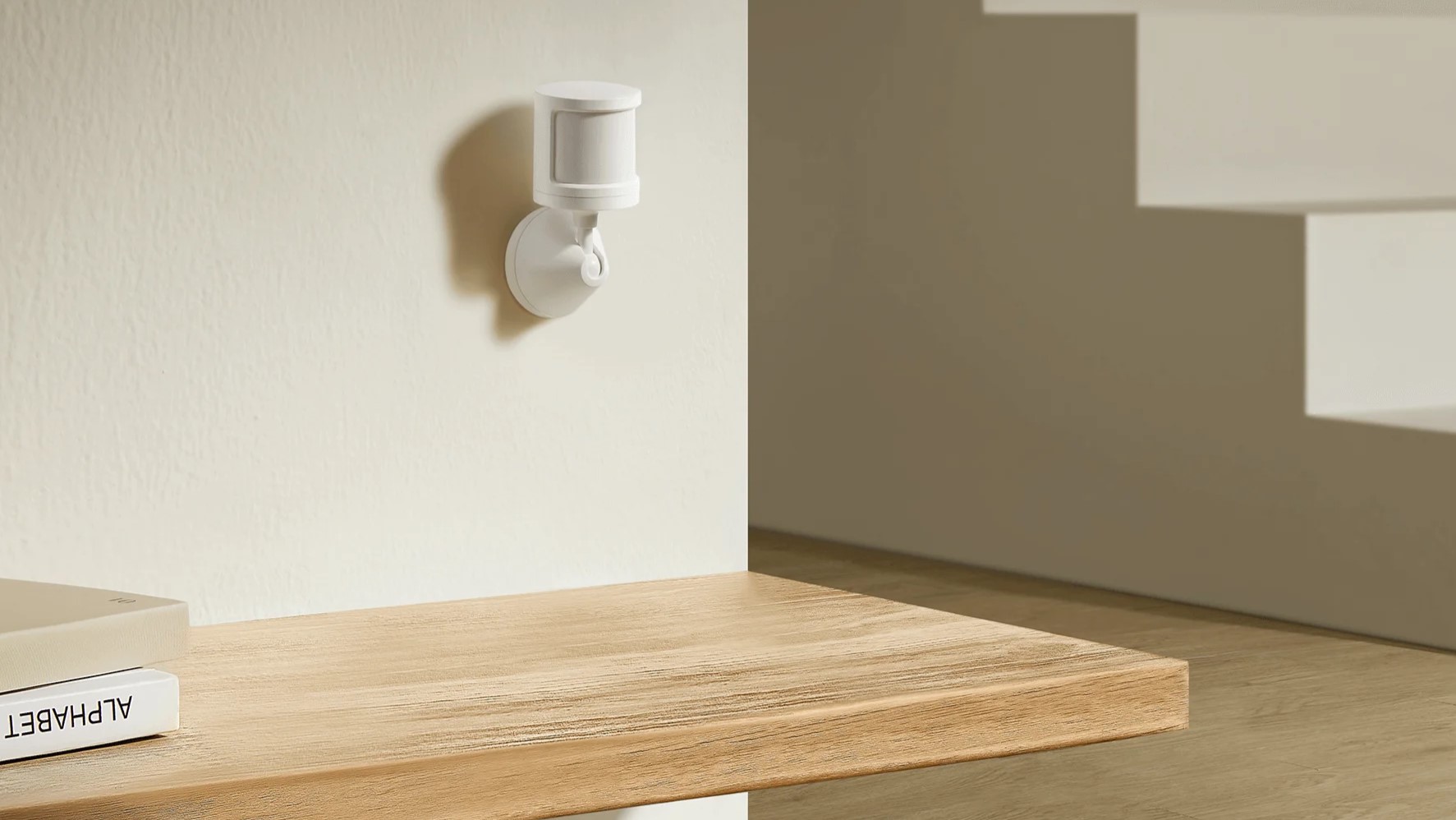
Xiaomi has unveiled a new smart motion sensor that can pick up movements as small as a wave, and can run for three years before its battery needs replacing. The Motion Sensor 2S is a successor to the original Xiaomi Motion Sensor released in 2019, and offers some big improvements in sensitivity, power efficiency, and responsiveness.
The new sensor (which can be used freestanding or mounted on a wall or ceiling using an adhesive pad) can detect motion from up to seven meters away, and has a three-meter 'high sensitivity detection' range, at which it can pick up movements as small as hand gestures.
Not only could it be a useful addition to your security system alongside contact sensors and home security cameras, but you can also use it to trigger events like switching on lights and appliances when you enter a room (and turning them off when you leave) to save energy. When you're away, the sensor can send you an alert through the Xiaomi Home app if it detects motion.

Who's there?
The original Xiaomi Motion Sensor could detect the difference between light and dark, but the new model can pick up much more subtle changes in illumination, meaning it can trigger your smart lighting as the sun begins to set, and increase the brightness accordingly.
Xiaomi's first-gen motion sensor used the Zigbee wireless standard, while the 2S uses Bluetooth Low Energy (BLE), which is less power-hungry. This helps explain how Xiaomi has managed to extend the sensor's battery life from two years to three.
As reported by Notebookcheck, we don't yet have details of pricing and release dates for the US, UK, and Australia, but it's likely to be pretty affordable. If you can still find it, the first-gen sensor typically retails for around $20 / £15 / AU$25.
You might also like
- Your Philips Hue camera just got an AI-powered upgrade that will scare off burglars with an automatic 80dB siren
- 'Smart tech does more than just convenience' - how Ultion and Nuki’s smart lock collaboration brings security to the fore
- Are smart home security systems more of a security risk than a benefit?







